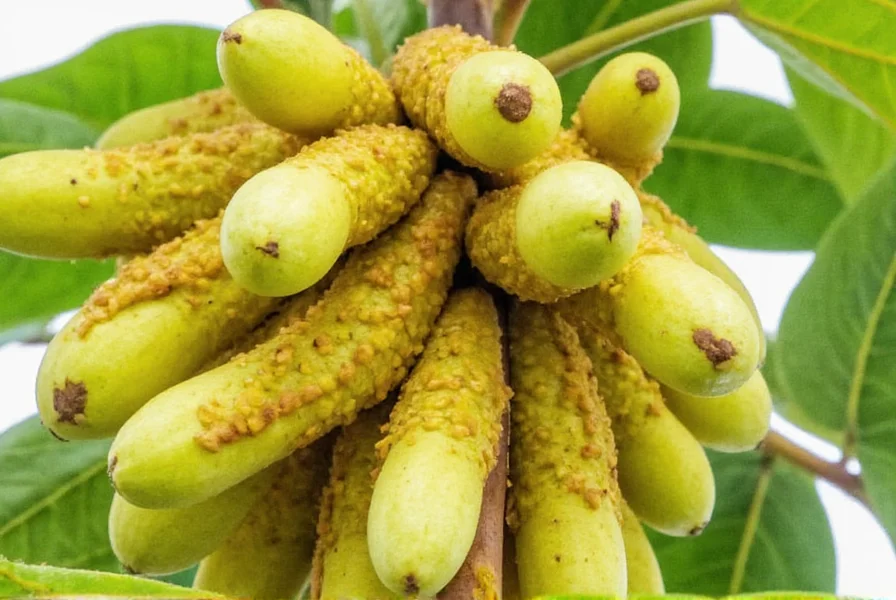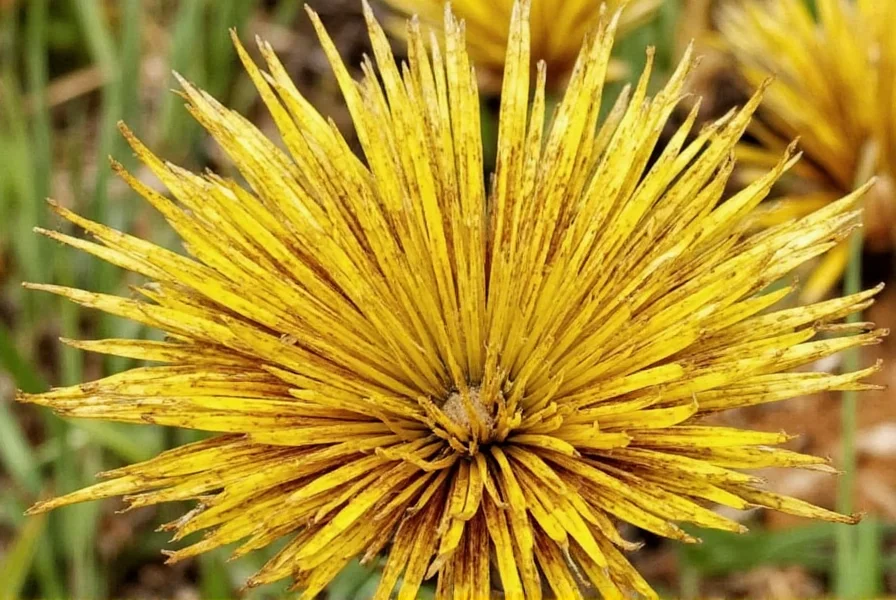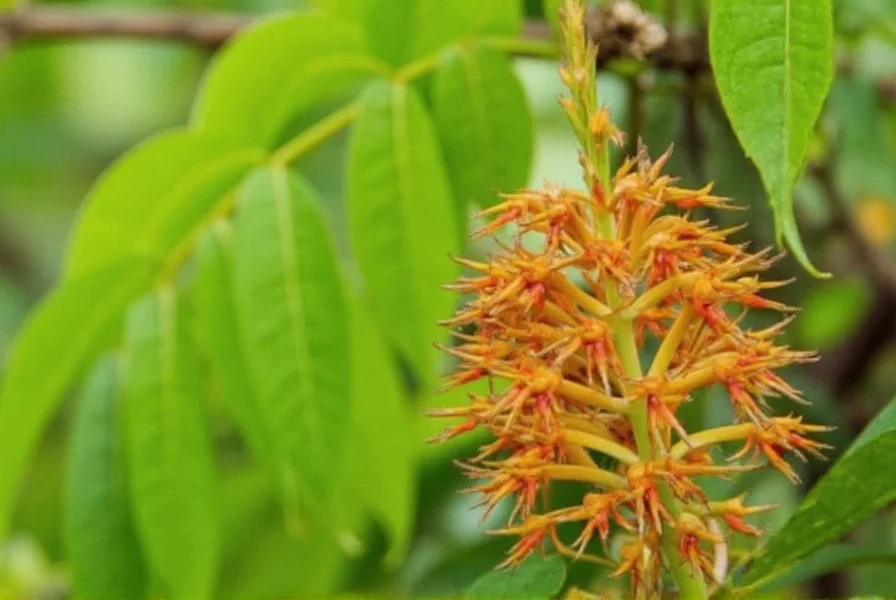Understanding Savanna Ginger: Botanical Identity and Characteristics
Savanna ginger, scientifically classified under the Aframomum genus, represents a distinctive group of plants thriving in the grasslands of sub-Saharan Africa. The most prominent species, Aframomum melegueta, produces seed pods containing pungent seeds often mistaken for true ginger rhizomes. This confusion arises from shared aromatic compounds like gingerols, though savanna ginger's primary active components include paradol and shogaol.
Visually, savanna ginger differs significantly from common ginger. While Zingiber officinale develops underground rhizomes with characteristic knobby appearance, Aframomum melegueta produces seed-bearing pods above ground. The seeds inside these pods deliver a complex flavor profile—simultaneously peppery, citrusy, and mildly floral—which explains its historical use as a spice alternative during European medieval times.

Geographical Distribution and Ecological Adaptation
Savanna ginger thrives in the transitional ecosystems between forests and grasslands across West Africa, particularly in Ghana, Nigeria, and Cameroon. Unlike tropical ginger varieties requiring consistent moisture, savanna ginger demonstrates remarkable drought tolerance—a crucial adaptation for surviving seasonal dry periods in savanna environments.
| Characteristic | Savanna Ginger (Aframomum) | Common Ginger (Zingiber) |
|---|---|---|
| Native Region | West African savannas | Southeast Asian tropics |
| Primary Edible Part | Seeds inside pods | Underground rhizome |
| Climate Adaptation | Drought-tolerant | Requires consistent moisture |
| Key Flavor Compounds | Paradol, shogaol | Gingerols, shogaols |
Traditional Applications Across African Cultures
West African communities have utilized savanna ginger for centuries beyond its culinary applications. Traditional healers incorporate the seeds into preparations addressing digestive discomfort, respiratory challenges, and inflammatory conditions. The Yoruba people of Nigeria employ it in ceremonial contexts, while Ghanaian traditions feature savanna ginger in postpartum care regimens.
Culinary applications showcase its versatility as both spice and preservative. Coastal communities historically used savanna ginger to extend fish shelf life before refrigeration. Modern chefs increasingly rediscover its potential in craft beverages and fusion cuisine, particularly valuing its ability to provide warmth without overwhelming heat.
Nutritional Profile and Research-Backed Benefits
Current scientific analysis reveals savanna ginger seeds contain significant antioxidant compounds, particularly 6-paradol, which demonstrates promising anti-inflammatory properties in preliminary studies. Unlike common ginger's well-documented effects on nausea, savanna ginger research focuses on its potential cardiovascular benefits and metabolic support.
A 2023 phytochemical analysis published in the Journal of Ethnopharmacology identified savanna ginger's unique terpene profile, suggesting possible applications in managing oxidative stress. However, researchers emphasize these findings derive from controlled laboratory settings—human clinical trials remain limited compared to research on Zingiber officinale.

Distinguishing Savanna Ginger from Common Ginger Varieties
Despite shared nomenclature, savanna ginger and common ginger represent distinct botanical entities with different applications. Key differences include:
- Growth Habit: Savanna ginger produces above-ground seed pods while common ginger develops underground rhizomes
- Flavor Chemistry: Savanna ginger offers citrus-peppery notes versus common ginger's sharper heat
- Culinary Integration: Savanna ginger typically requires grinding seeds before use, whereas common ginger can be used fresh, dried, or powdered
- Storage Requirements: Savanna ginger seeds maintain potency longer than fresh common ginger rhizomes
Sustainable Harvesting and Conservation Considerations
Increasing global interest in savanna ginger presents both opportunities and challenges for West African communities. Wild harvesting practices must balance economic benefits with ecological sustainability. Organizations like the African Biodiversity Network promote agroforestry approaches that integrate savanna ginger cultivation with native tree species, preserving soil health while providing income diversification.
Consumers seeking authentic savanna ginger should look for fair-trade certifications and transparent sourcing information. Responsible purchasing supports both conservation efforts and the preservation of traditional knowledge systems surrounding this culturally significant plant.
Practical Applications for Modern Kitchens
Chefs experimenting with savanna ginger should note its potency differs from common ginger. Start with smaller quantities—approximately half the amount you'd use for regular ginger—and adjust to taste. The seeds work particularly well in:
- Marinades for poultry and fish
- Spiced chocolate preparations
- Citrus-based salad dressings
- Fermented beverages and shrubs
For optimal flavor extraction, lightly toast the seeds before grinding. Unlike common ginger, which loses potency when overcooked, savanna ginger maintains its complex profile through extended cooking times, making it suitable for stews and braises.
Frequently Asked Questions
Is savanna ginger the same as grains of paradise?
Yes, savanna ginger commonly refers to Aframomum melegueta, which is botanically identical to what's marketed as grains of paradise or alligator pepper. These terms describe the same plant species, though regional naming conventions vary across African communities and international markets.
Can I substitute savanna ginger for regular ginger in recipes?
While possible, substitution requires careful adjustment. Savanna ginger delivers more citrus and pepper notes with less sharp heat than common ginger. Use approximately half the amount when substituting, and consider the dish's flavor profile—savanna ginger works particularly well in recipes featuring citrus, chocolate, or seafood where its unique characteristics can shine.
What are the documented health benefits of savanna ginger?
Current research indicates savanna ginger contains significant antioxidant compounds, particularly 6-paradol, which shows promise for reducing inflammation. Traditional uses include supporting digestion and respiratory health, though scientific validation of these applications remains limited compared to research on common ginger. Most evidence comes from laboratory studies rather than human clinical trials.
Where can I find authentic savanna ginger?
Authentic savanna ginger (Aframomum melegueta) is available through specialty spice merchants focusing on African ingredients. Look for suppliers who specify West African origin and provide transparency about harvesting practices. Some fair-trade cooperatives work directly with Ghanaian and Nigerian producers, ensuring both quality and ethical sourcing. Avoid products labeled simply as 'African ginger' which may actually contain common ginger varieties.
How should I store savanna ginger to maintain freshness?
Whole savanna ginger seeds maintain potency longest when stored in an airtight container away from light and moisture. Unlike fresh common ginger rhizomes, which degrade relatively quickly, properly stored savanna ginger seeds retain flavor for 12-18 months. For extended shelf life, refrigeration is recommended after opening. Ground seeds lose potency more rapidly, so grinding small quantities as needed delivers optimal flavor.











 浙公网安备
33010002000092号
浙公网安备
33010002000092号 浙B2-20120091-4
浙B2-20120091-4